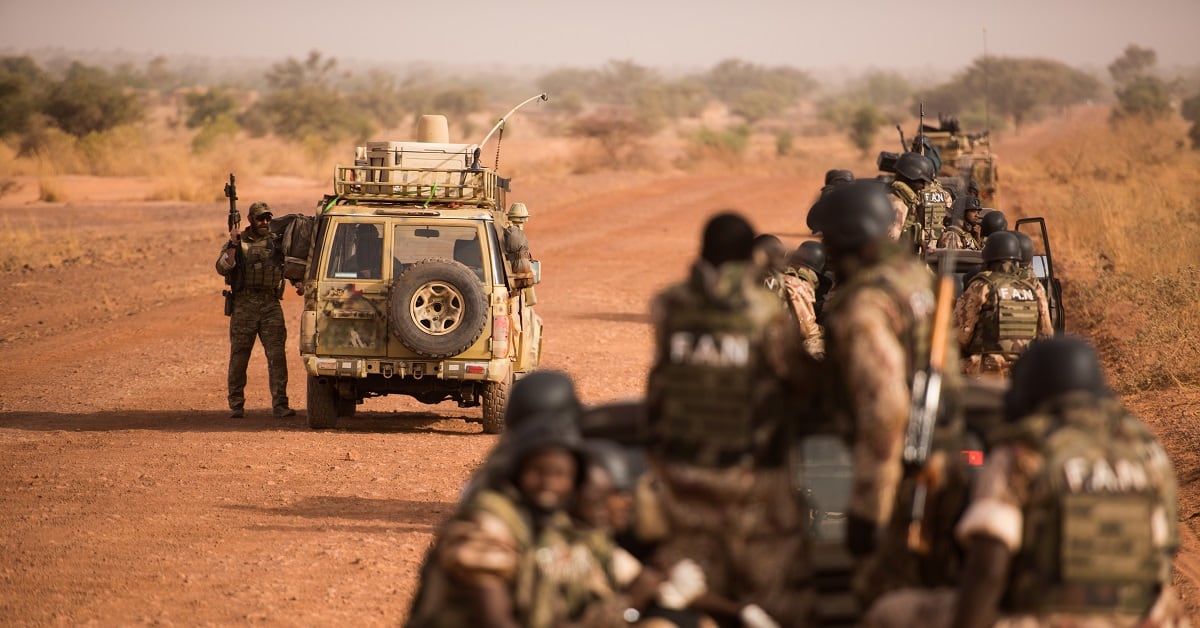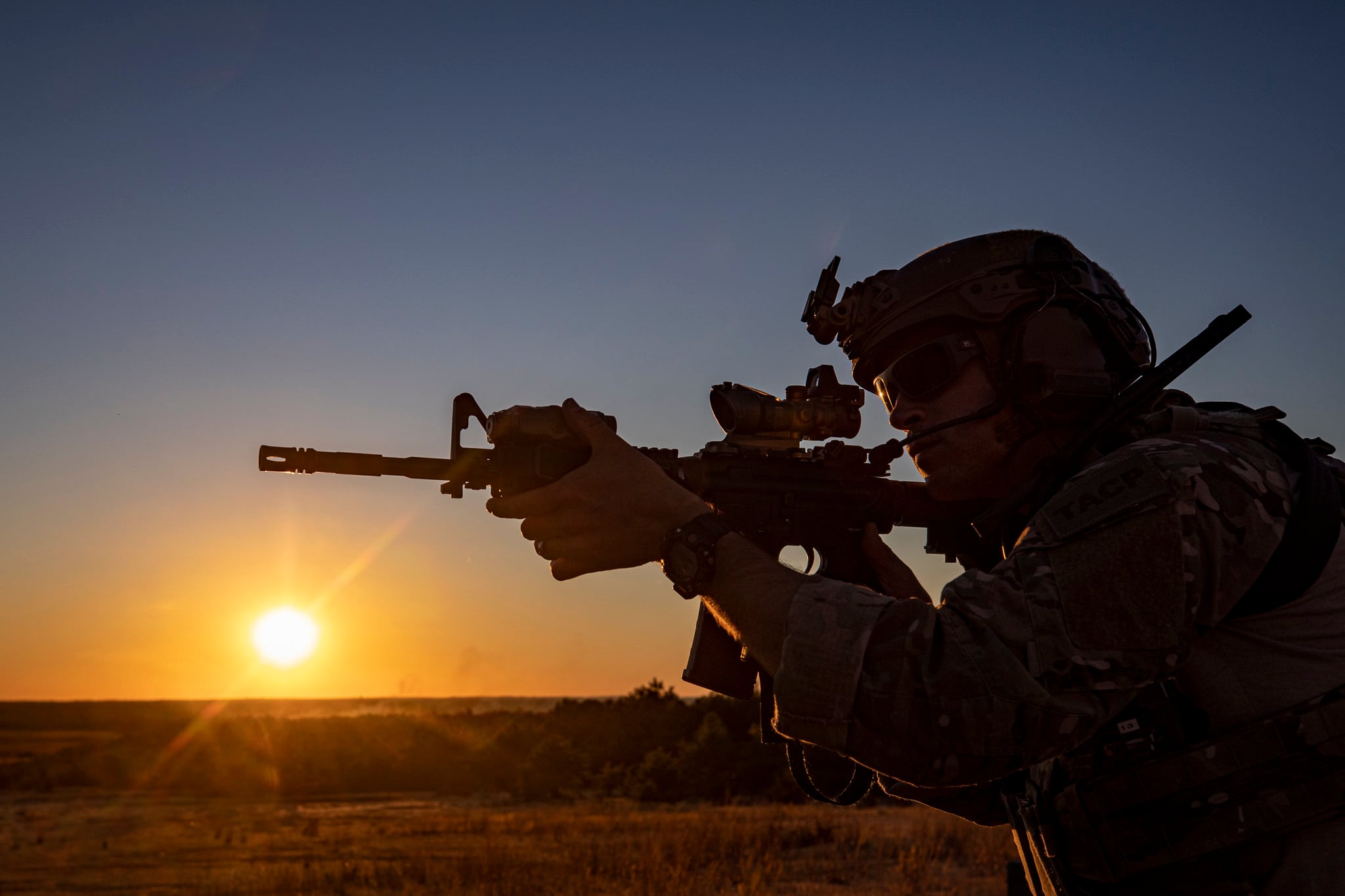The U.S. defense establishment continues to shift its posture to great power competition from the counterterrorism, counterinsurgency, and other conflicts of the past two decades. Yet one thing is certain: special operations forces, or SOF, will remain in high demand, and they will frequently find themselves engaged in low intensity conflicts in austere environments. SOF, whether operating unilaterally or in conjunction with forces from partner nations, will often be the first and at times the only U.S. forces positioned to achieve critical national policy objectives. Armed overwatch could mean the difference between success and failure for these missions and would provide SOF with the tools they need to fight and win tomorrow’s conflicts.
Unlike the battlefields of Iraq and Afghanistan where close-air assets were readily available, more often than not, SOF deployed in small contingents to missions in the Middle East, Africa, and Asia will often only have the assets they bring with them. To succeed in these environments, where the risks are often high, special operations forces need critical capabilities like armed overwatch to enhance their situational awareness and provide lethal overmatch when it is called for on the ground.
The 2017 ambush in Niger is a stark reminder of the limits of economy of force resourcing. Army Special Forces units had been working to counter al-Qaida and ISIS-aligned militants there, and during what was initially considered a low-risk patrol, heavily armed militants ambushed American SOF personnel and their Nigerien partners. In light-skinned vehicles and with no timely air support available, the SOF team fought valiantly but was ultimately unable to achieve any advantage over the militants. By the time the force was evacuated from the area, there were four dead Americans and five Nigerien soldiers killed, and an obscure U.S. counterterrorism mission soon became an international debacle.
RELATED

The United States is likely to continue sending its SOF units to remote, austere locations around the globe to achieve critical policy objectives, so it should provide them the resources they need to fight and win when they’re on the ground. Foremost among these requirements is an aircraft to deploy with SOF where they do not have any theater aviation or fire support assets or other enablers to rely upon.
An aircraft with the capacity to remain on station overhead for several hours, and equipped with sufficient firepower, state-of -the-art intelligence, surveillance and reconnaissance (ISR) sensors, and communication equipment could deliver a much-needed unfair advantage to small SOF units operating in high-risk environments. The aircraft’s sensors could provide enhanced situational awareness of the threat on the ground, which it could relay to tactical SOF forces and higher headquarters through its communication suite. Finally, the guns, precision guided munitions and other weapons on these aircraft could deliver tactical overmatch for SOF units in combat on the ground, and enable small, lightly armed special operations units to win battles where they would otherwise become rapidly overwhelmed.
Neither the Air Force nor SOCOM currently has appropriate aircraft to meet the current and expected operational requirements for these types of environments. As a result of this shortfall, SOF units are often unable to accomplish critical tasks and cannot exploit fleeting opportunities when our adversaries are vulnerable. Additionally, as the Niger ambush clearly illustrates, this capability gap can put SOF units at greater risk when they are conducting sensitive activities in austere environments.
Across Africa, hundreds of special operations forces continue steady state operations in places like Somalia, Niger, and Tunisia. Many of these operations involve working alongside partner forces with limited fire support and intelligence capabilities. If an adversary in one of these locations chooses to mass its forces to directly engage American SOF — as they have in Niger and elsewhere around the world — will the U.S. special operations forces have the capabilities on hand to anticipate the threat and neutralize it?
RELATED

SOCOM and the Department of Defense should develop, and Congress should fund, an easy-to-maintain light attack aircraft that can deliver the lethal precision firepower and situational awareness special operations units need to make informed decisions, overwhelm adversaries and achieve strategic objectives in complex operational environments. An investment in this capability today will pay off immediately, and ensure future special operations forces are more agile and lethal than future adversaries as well.
Bob Wilson is a retired Army Special Forces colonel who commanded special operations forces in combat in Afghanistan and in complex missions across Africa, Central Asia, and Latin America. In his final assignment as an Army officer, Bob served in the White House as a director for counterterrorism in the National Security Council. Since retiring, Bob has continued to write about critical national security issues, worked as a consultant in the natural resources sector and founded an organic farm and agriculture innovation firm in New England, the Acre of Independence.
Editor’s note: This is an Op-Ed and as such, the opinions expressed are those of the author. If you would like to respond, or have an editorial of your own you would like to submit, please contact Military Times managing editor Howard Altman, haltman@militarytimes.com.





